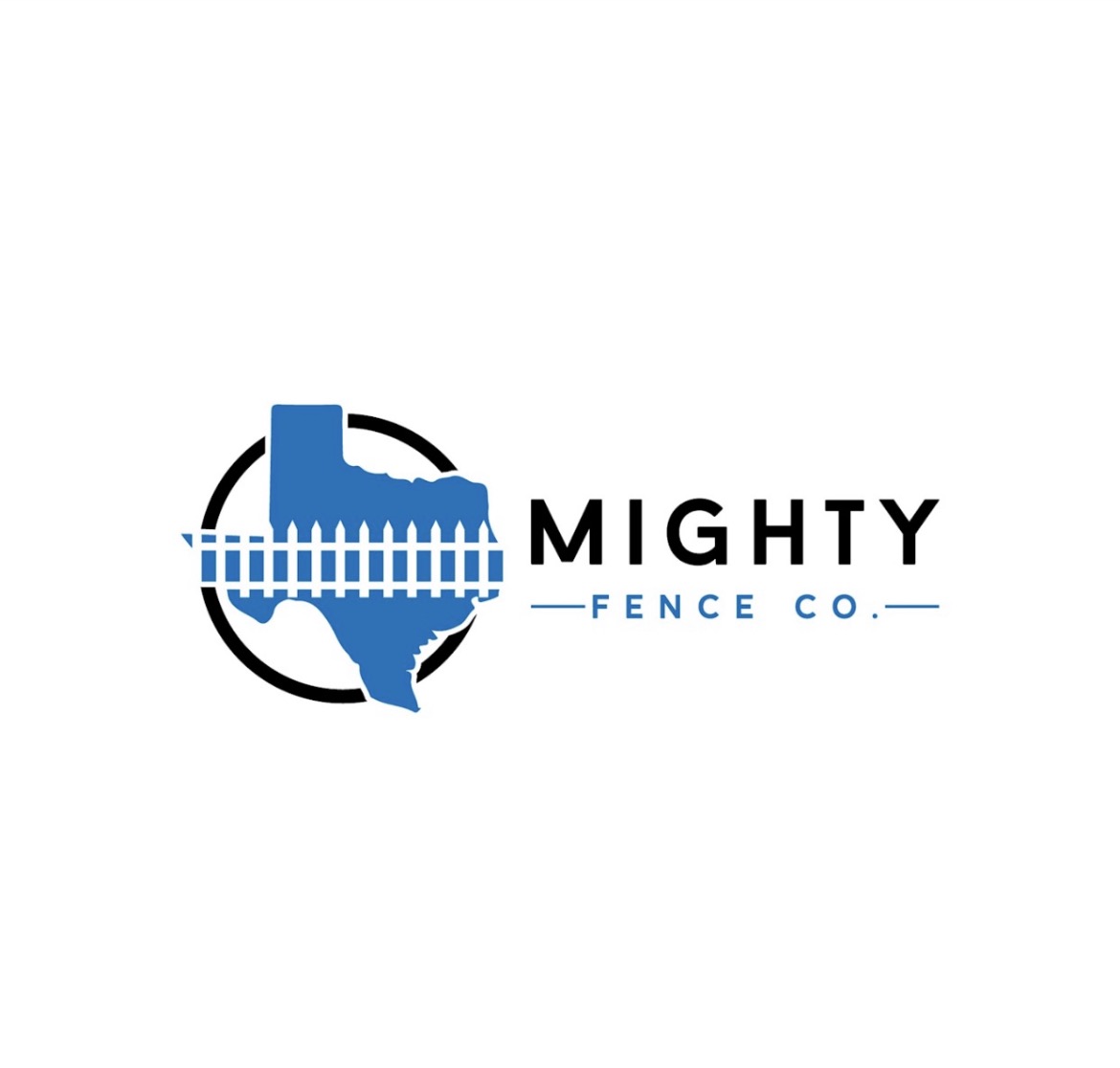"Securing Perimeters: The Art of Quality Fence Installation"
- Mighty Fence Co.

- Dec 10, 2023
- 2 min read

In the realm of property enhancement and security, the installation of a quality fence stands as an indispensable cornerstone. Beyond serving as a boundary, a well-installed fence adds aesthetic appeal, privacy, and an increased sense of safety. Let's delve into the art and science of quality fence installation, exploring key considerations and expert tips for a lasting and impressive result.
1. Purposeful Planning:
Before diving into the installation process, a thorough planning phase is essential. Define the purpose of the fence – whether it's for security, privacy, aesthetics, or a combination of these factors. Understanding your objectives will guide decisions regarding the type, height, and materials of the fence.
2. Selecting the Right Materials:
Quality starts with choosing the right materials for your fence. Wood, vinyl, metal, and composite materials each have their own strengths and weaknesses. Consider factors like durability, maintenance requirements, and aesthetic compatibility with your property.
3. Precise Measurement and Layout:
Measure twice, cut once – a timeless adage that holds true in fence installation. Precise measurements and a carefully planned layout ensure a seamless and visually appealing result. Take into account any slopes or uneven terrain that may affect the installation process.
4. Post Installation:
The foundation of any sturdy fence lies in its posts. Whether using wooden, metal, or composite posts, ensure they are firmly anchored into the ground. Proper spacing and alignment are crucial for the structural integrity of the fence. Utilize concrete for added stability, especially in regions with harsh weather conditions.
5. Professional Installation vs. DIY:
While the allure of a DIY project is understandable, fence installation often benefits from professional expertise. Experienced installers bring not only skill but also insights into local regulations, ensuring compliance and avoiding potential legal issues down the line.
6. Weather-Resistant Finishes:
Protect your investment by applying weather-resistant finishes to the fence. Whether it's paint, stain, or sealant, these coatings shield the materials from the elements, preventing premature deterioration and extending the lifespan of the fence.
7. Regular Maintenance:
Even the most well-installed fences require maintenance. Regular inspections, cleaning, and minor repairs will help prevent issues from escalating. Attend to any loose boards, rust spots, or signs of wear promptly to keep your fence in optimal condition.
8. Local Regulations and Permits:
Before embarking on a fence installation project, familiarize yourself with local regulations and obtain any necessary permits. Failure to adhere to these guidelines may result in fines or required modifications.
In conclusion, the installation of a quality fence is a multifaceted endeavor that blends practicality with aesthetics. By embracing thoughtful planning, selecting suitable materials, and executing precise installation techniques, you can transform your property's perimeter into a secure and visually appealing asset. Whether for residential privacy, commercial security, or decorative enhancement, a well-installed fence stands as a testament to craftsmanship and enduring quality.



Comments